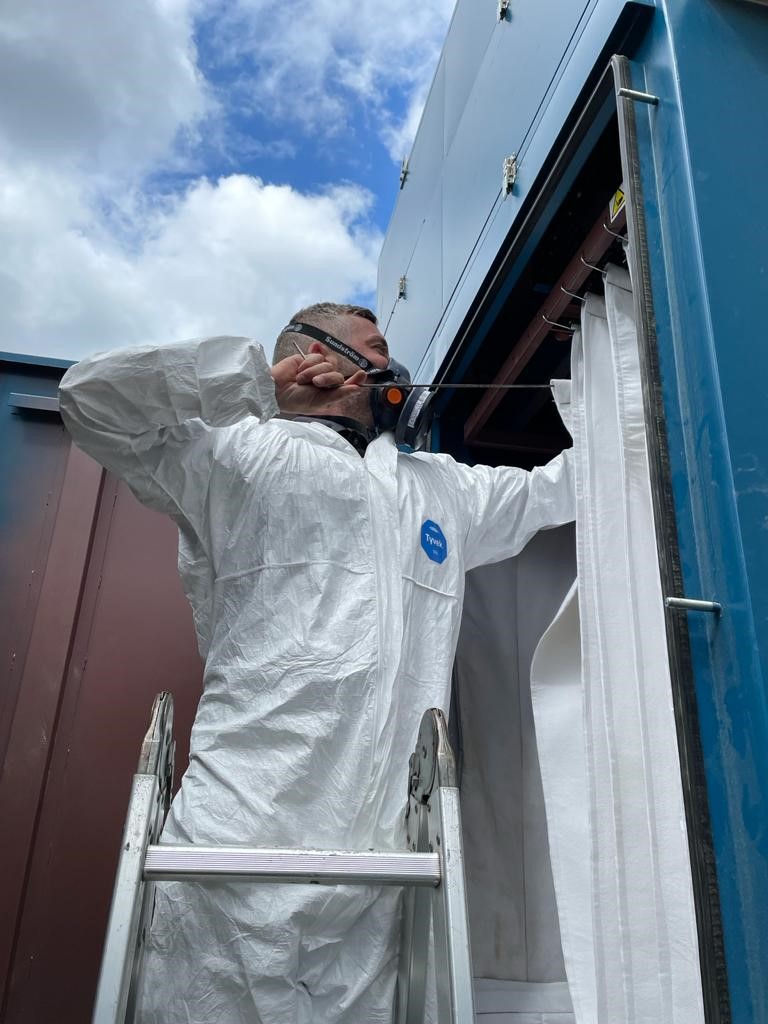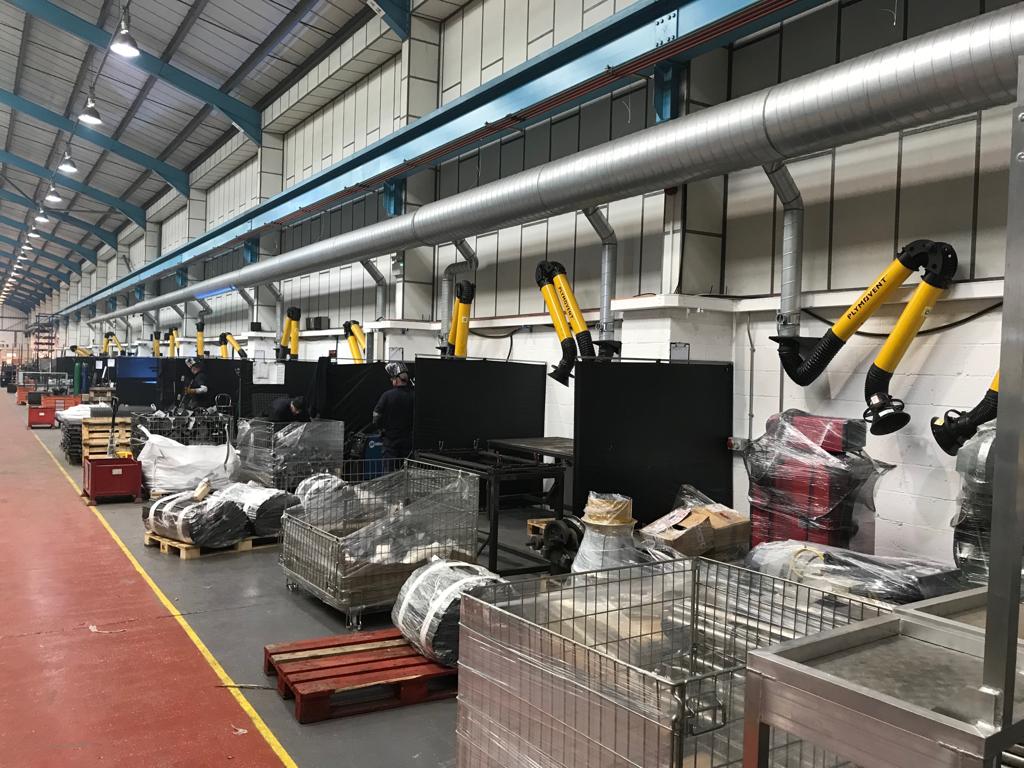What is the difference between local exhaust ventilation and general ventilation?
What is the difference between local exhaust ventilation and general ventilation?
Every year in the UK, thousands of people contract serious illnesses and diseases such as lung disease and asthma as a result of breathing in harmful contaminants in the workplace. While a LEV system is very rarely the first port of call for employers looking for a solution to these harmful airborne contaminants, it is certainly an option.
A LEV system is a custom piece of engineering that aims to effectively remove harmful airborne contaminants from the workplace with minimal disruption. These harmful airborne contaminants include dust, gasses, vapours, smoke, fumes, mists and much more.
In many cases, these airborne contaminants can be successfully removed from the workplace with an ordinary ventilation system and other similar alternatives. However, when these have previously been unsuccessful, a LEV system must be used.
But what’s the difference?
An ordinary extraction system will usually consist of two fans; one to extract the air from the workplace, and one to push clean, fresh air back in. Usually, this is sufficient in removing enough of the contaminants to reduce the risk, however, sometimes it’s not. This is when a LEV should be used.
A LEV system is specially designed to extract the contaminants at source, and will:
- make sure they are contained and taken away from workers
- clean the air (if necessary) and get rid of the contaminants safely
A standard ventilation system will not do this and merely focuses on pushing contaminated air out and replacing it to make the air cleaner.
For more information on local exhaust ventilation systems or to discover more about any of our services, click here.



